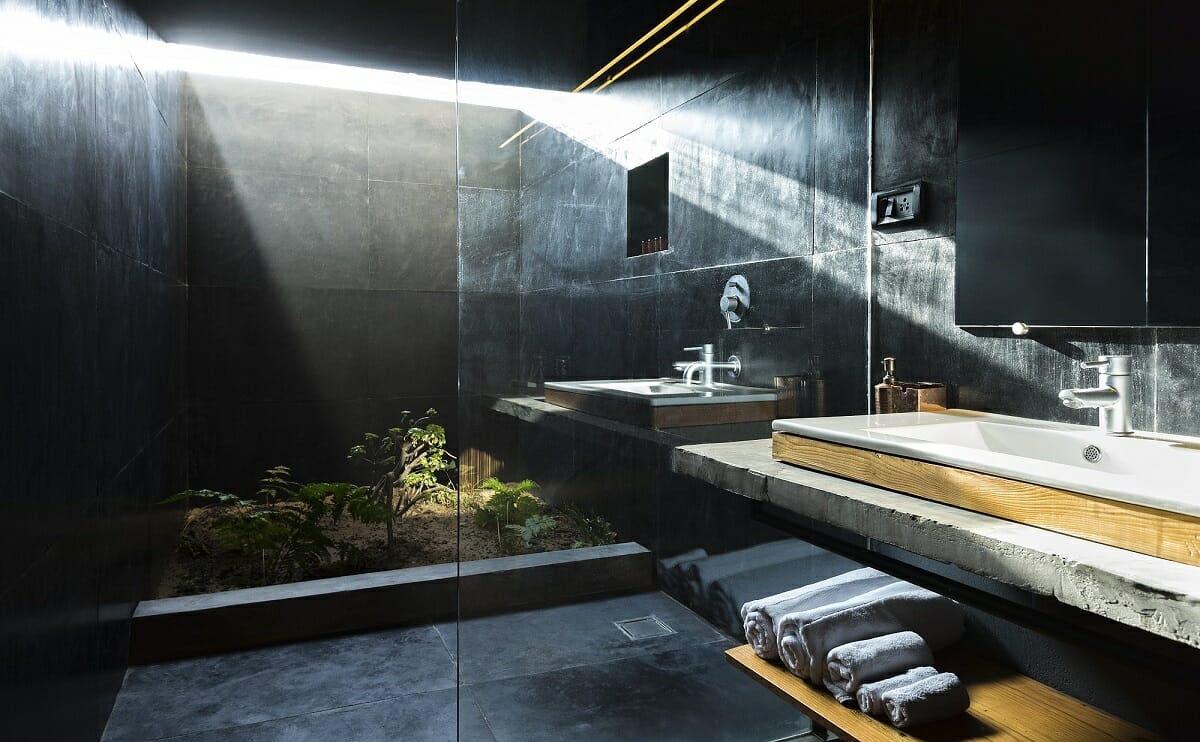Table Of Content

Design patterns are solutions to general problems that software developers faced during software development. These solutions were obtained by trial and error by numerous software developers over quite a substantial period of time. In this comprehensive guide, we’ve delved into the world of design patterns in Java, a powerful tool for efficient and reusable code.
Design Pattern - Abstract Factory Pattern
Java Magazine on Lightweight Frameworks - Oracle
Java Magazine on Lightweight Frameworks.
Posted: Tue, 05 Mar 2019 08:00:00 GMT [source]
Also, they rely on the concept of inheritance and interfaces to allow multiple objects or classes to work together and form a single working whole. Two classes, Rectangle and Circle, implement the Shape interface and override the clone() method. The clone() method creates a new instance of the class and copies the properties of the original object. When using the prototype pattern, you can create a new object by simply calling the clone() method on an existing object, avoiding the need for complex object initialization logic.
Implement Design Patterns in Java [In-Depth Tutorial]
Now, you only need to call the factory method you defined with your parameters. In some of our projects, we have only one instance of database connection. You can find this example through other articles or websites, but let’s go for another common example. It's available inPDF/ePUB/MOBI formats and includes thearchive with code examples inJava, C#, C++, PHP, Python, Ruby,Go, Swift, & TypeScript. Next, we ventured into expert-level territory, introducing alternative approaches such as the Composite and State patterns.
Abstract Factory
This pattern treats both individual objects and compositions of objects it allow clients to work with complex structures of objects as if they were individual objects. Higher-Order Components (HOCs) are a design pattern in React that allows you to create new components by wrapping existing ones. They are a powerful tool for promoting code reusability by encapsulating common functionality within a separate component. This functionality can then be injected into other components without code duplication. HOCs are particularly useful for aspects that cut across multiple components, such as data fetching, authentication, error handling, or styling. Design patterns represent the best practices used by experienced object-oriented software developers.
Produce families of related objects without specifying their concrete classes. There are other creational patterns which I just give a simple example for each of them. Whether you’re a beginner just starting out with Java, or an experienced developer looking to deepen your understanding of design patterns, we hope this guide has been a valuable resource. This pattern ensures that a class only has one instance and provides a global point of access to it.

The prototype design pattern mandates that the Object which you are copying should provide the copying feature. However, whether to use the shallow or deep copy of the object properties depends on the requirements and is a design decision. Provides an interface for creating objects in a superclass, but allows subclasses to alter the type of objects that will be created. For example, in the future, there might be new types of accounts such as Credit, Debit, etc. At that time, we only need to create additional subclasses that extend BankAccount and add them to the factory method. Now let's explore the ways to implement the Factory design pattern together.
By studying and implementing these patterns in your projects, you can improve your skills as a developer and make your software more adaptable to change. Don't forget to practice implementing these patterns in your projects to get a better grasp of their usage. They help to abstract the instantiation process and make the code more flexible, reusable, and maintainable. Composite Method is structural design pattern, it’s used to compose objects into tree structures to represent part-whole hierarchies.
His expertise lies in OCR, text extraction, data preprocessing, and predictive models. You can reach out to him on his Linkedin or check his projects on GitHub page. The interpreter pattern is used to define a grammatical representation of a language and provides an interpreter to deal with this grammar. The facade pattern is used to help client applications easily interact with the system.
builders
The Decorator pattern attaches additional responsibilities to an object dynamically. The command pattern is used to implement loose-coupling in a request-response model. In this pattern, the request is sent to the invoker and the invoker passes it to the encapsulated command object. The command object passes the request to the appropriate method of receiver to perform the specific action. We must use the design patterns during the analysis and requirement phase of SDLC(Software Development Life Cycle). Lets you produce families of related objects without specifying their concrete classes.
In addition,they can be categorized by their intentand divided into three groups. The Memento pattern captures and externalizes an object's internal state so that the object can be restored to this state later. It's useful when you need to implement undo or rollback functionality. The Command pattern encapsulates a request as an object, allowing you to parameterize clients with different requests, queue or log requests, and support undoable operations. For example, refactoring the Car class may also require changing ProduceCar and AssembleCar.
We provided code examples for these patterns, discussed their advantages and disadvantages, and provided recommendations for their use. Other concepts, like the SOLID principles and clean code practices, are also crucial for writing efficient, maintainable code. In this code, we’ve created a Coffee class and a SimpleCoffee class that extends Coffee. We then created a MilkCoffee class that also extends Coffee and adds a cost to it. The Observer pattern is a great way to achieve loose coupling between objects. It allows for a highly modular structure, where the subject and observers can be reused independently.

No comments:
Post a Comment